Leveraging Information and Communication Technology for Enhancing Students' Learning and Development of Scientific Works
Abstract
This study explores how integrating ICT into education can significantly improve students' learning experiences and foster the creation of scientific works. ICT tools, offer students enhanced access to information, promote critical thinking, and support the development of research and scientific writing skills. By incorporating ICT, educators can provide more interactive, personalized, and effective learning environments, ultimately enriching the academic and research capabilities of students. This study aims to explain how students in SMA Negeri 1 Torue learn to design scientific work using information and communication technology. This research is descriptive-qualitative in nature. The researchers used purposive sampling to collect the samples. The research subjects were 36 people, including one language teacher and 35 students. Observation, interviews, questionnaires, and documentation are data collection methods. Data reduction, data presentation, and conclusions are the three stages of data analysis. Based on observations, interviews, and documentation of Indonesian language teachers, it is evident that teachers are capable of adapting their approaches, media, and materials. This allows researchers to conclude that the use of information and communication technology in teaching students to design scientific work in class XI IPS 1 SMA Negeri 1 Torue is adequate.
Downloads
References
Alek dan Achmad, (2012). Bahasa Indonesia Untuk Pendidikan Tinggi, Jakarta: Kencana.
Alek, A., Marzuki, A. G., Farkhan, M., Surahman, D., Daryanto, D., & Febrianto, S. (2020). Computer Based Testing in Senior High School on National Examination. Indonesian Journal of Learning Education and Counseling, 2(2), 204-210.
Alkamel, M. A. A., & Chouthaiwale, S. S. (2018). The use of ICT tools in English language teaching and learning: A literature review. Veda’s journal of english language and literature-JOELL, 5(2), 29-33.
Barbosa Granados, S. H., & Amariles Jaramillo, M. L. (2019). Learning styles and the use of ICT in university students within a competency-based training model. Journal of New Approaches in Educational Research, 8(1), 1-6.
Bucchi, M., & Trench, B. (Eds.). (2021). Routledge handbook of public communication of science and technology. Routledge.
Chisango, G., Marongwe, N., Mtsi, N., & Matyedi, T. E. (2020). Teachers’ perceptions of adopting information and communication technologies in teaching and learning at rural secondary schools in eastern cape, South Africa. Africa Education Review, 17(2), 1-19.
Degeng, N. S. (2015) Teori Pembelajaran, Malang, Jawa Timur: UM Press.
Erizar, E., Marzuki, A. G., Hidayati, T., Juliana, R., & Yulia, A. (2024). The Impact of Online Learning on Undergraduate English Students’ Achievement. Journal of English Education and Teaching, 8(2), 288-302.
Ertmer, P. A. & Ottenbreit-Leftwich, A. T. (2012). Teacher Technology Change. Journal of Research on Technology in Education, 42(3).
Gilakjani, A. P. (2017). A review of the literature on the integration of technology into the learning and teaching of English language skills. International Journal of English Linguistics, 7(5), 95-106.
Jaiswal, A., & Arun, C. J. (2021). Potential of Artificial Intelligence for transformation of the education system in India. International Journal of Education and Development using Information and Communication Technology, 17(1), 142-158.
Koh, J. H. L., Chai, C. S., & Lim, W. Y. (2017). Teacher professional development for TPACK-21CL: Effects on teacher ICT integration and student outcomes. Journal of educational computing research, 55(2), 172-196.
Kuliahana, A., & Marzuki, A. G. (2024). Utilizing Group Discussion Technique in Developing Speaking Skill in an EFL Classroom. ENGLISH FRANCA: Academic Journal of English Language and Education, 7(2 November), 305-316.
Lavrentieva, O. O., Rybalko, L. M., Tsys, O. O., & Uchitel, A. D. (2019). Theoretical and methodical aspects of the organization of students’ independent study activities together with the use of ICT and tools. In Proceedings of the 6th Workshop on Cloud Technologies in Education (CTE 2018), Kryvyi Rih, Ukraine, December 21, 2018 (No. 2433, pp. 102-125). CEUR Workshop Proceedings.
Leeming, D. (2018). The use of theory in qualitative research. Journal of Human Lactation, 34(4), 668-673.
Miarso, Y. H. (2015). Menyemai Benih Teknologi Pendidikan, Jakarta: Kencana.
Miles, M.B, Huberman, A.M, dan Saldana, J. (2014) Qualitive Data Analysis: A Methods Sourcebook. Sage publications.
Modlo, Y. O., Semerikov, S. O., Nechypurenko, P. P., Bondarevskyi, S. L., Bondarevska, O. M., & Tolmachev, S. T. (2019). The use of mobile Internet devices in the formation of ICT component of bachelors in electromechanics competency in modeling of technical objects. In Proceedings of the 6th Workshop on Cloud Technologies in Education (CTE 2018), Kryvyi Rih, Ukraine, December 21, 2018 (No. 2433, pp. 413-428). CEUR Workshop Proceedings.
Muthmainnah, M., Marzuki, A. G., Santiana, S., Erizar, E., & Nursyam, N. (2022). Utilizing smartphone-based Pinterest applications in developing EFL students speaking skills in Indonesia. JEES (Journal of English Educators Society), 7(2), 205-209.
Pererva, V. V., Lakomova, O. I., Zavalniuk, O. S., & Tolmachev, S. T. (2020). The technique of the use of Virtual Learning Environment in the process of organizing the future teachers' terminological work by specialty.
Ratheeswari, K. (2018). Information communication technology in education. Journal of Applied and Advanced research, 3(1), 45-47.
Rusdi, M. (2019). Pemanfaatan Teknologi Informasi sebagai Media Pembelajaran. Al-Aulia: Jurnal Pendidikan dan Ilmu-Ilmu Keislaman, 5(2), 95-103.
Sadirman, (2013). Interaksi dan Motivasi Belajar Mengajar. Jakarta: PT. Rajawali
Sarker, M. N. I., Wu, M., Cao, Q., Alam, G. M., & Li, D. (2019). Leveraging digital technology for better learning and education: A systematic literature review. International Journal of Information and Education Technology, 9(7), 453-461.
Shatrı, Z. G. (2020). Advantages and disadvantages of using ınformation technology in learning process of students. Journal of Turkish Science Education, 17(3), 420-428.
Sugiyono. (2017). Metode Penelitian Kuantitatif, Kualitatatif, dan R&D. Bandung: Alfabeta.
Ugwu, N. P., & Nnaekwe, K. (2019). The concept and application of ICT to teaching/learning process. International Research Journal of Mathematics, Engineering and IT, 6(2), 10-22.
Undang-undang Republik Indonesia Nomor 14 Tahun 2005 Tentang Guru dan Dosen, 2006. CV. Eka Jaya: Jakarta.
Valtonen, T., Sointu, E., Kukkonen, J., Kontkanen, S., Lambret, M. C., & Makitalo-Siegl,, K. (2017). TPACK updated to measure pre-service teachers’ twenty- first century skills. Australasian Journal of Education Technology.
Wu, J., Guo, S., Huang, H., Liu, W., & Xiang, Y. (2018). Information and communications technologies for sustainable development goals: state-of-the-art, needs and perspectives. IEEE Communications Surveys & Tutorials, 20(3), 2389-2406.
Copyright (c) 2025 Paedagogia: Jurnal Pendidikan

This work is licensed under a Creative Commons Attribution-NonCommercial 4.0 International License.
The author agrees to the following conditions upon publishing a work to Paedagogia: Jurnal Pendidikan:
1. Each article is licensed under a Creative Commons Attribution-NonCommercial 4.0 International License. The author(s) recognizes that Paedagogia: Jurnal Pendidikan has the right to be the first to publish under a Creative Commons Attribution-NonCommercial 4.0 International License. This license permits the copying and redistribution of this material in any form or format, as well as the composition, modification, and creation of derivative works of this material for any purpose, but Non commercial, as long as the author is credited with the original work.
2. Authors may submit articles separately or arrange for non-exclusive distribution of manuscripts previously published in this journal in other forms (e.g., to the author's institutional repository, publication in books, etc. ), provided that the manuscript is acknowledged as having been published first in the Paedagogia: Jurnal Pendidikan.
3. A copyright submission agreement must attach each approved manuscript prior to publication. You may obtain the form for the copyright submission agreement here (INA) (EN).








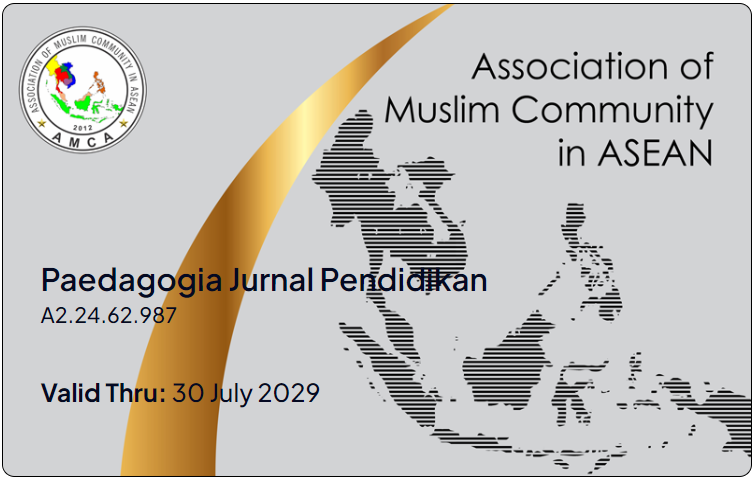



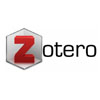
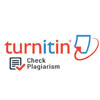






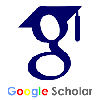





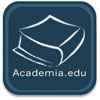


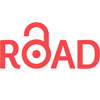

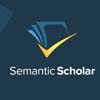
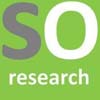
 This work is licensed under a
This work is licensed under a 